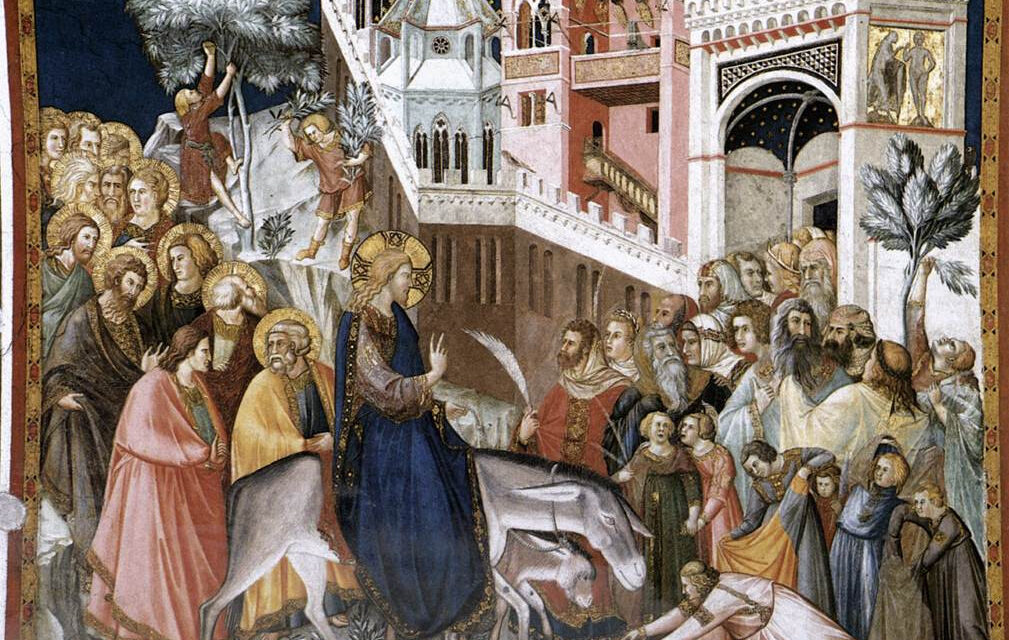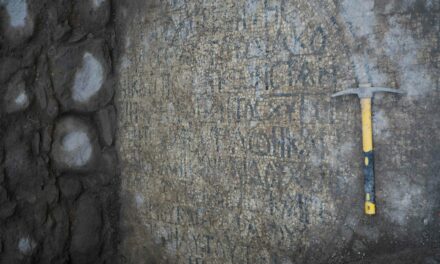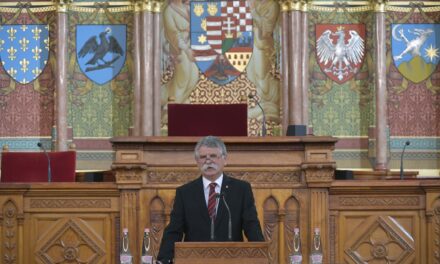Palm Sunday is the last Sunday of the penitential season of Lent and also the beginning of Holy Week. On this Sunday, the Catholic Church commemorates the entry of Jesus into Jerusalem.
The meaning of Palm Sunday comes from the Latin phrase dominica palmarum, i.e. Palm Sunday, which precedes the festive procession and the glorious procession. The customs of celebrating this Sunday, in addition to the biblical elements, originate from the liturgy of the Jerusalem church, as it was written down from the 4th century, and spread worldwide with the proliferation of pilgrimages to the Holy Land.
In the Catholic Church, the traditional Holy Mass on Palm Sunday begins with a procession reminiscent of the entry into Jerusalem. The faithful gathered in front of the church greet the clergy and assistants entering the church with palm branches or sticks. The festive procession is a commemoration of how Jesus was once celebrated by the crowd in Jerusalem. Seeing Jesus riding in on a donkey, they spread their clothes, broke branches from the trees and scattered them in front of him, shouting:
"Hosanna! Blessed is he who comes in the name of the Lord! Blessed is the kingdom of our father David, which is coming! Hosanna in the highest!”Two thousand years ago, the people of Jerusalem welcomed Christ as the son of David, as the Messiah who would bring salvation to their people and free them from the oppression of the Romans. However, Christ's mission was quite different, he did not free his people from oppressive rule, and thereby the whole of humanity, but from the slavery of sin. This is the redemptive act, this is the meaning of Easter.

Bark dedication/Source/MTI
In addition to all the solemnity of the Palm Sunday liturgy, it reveals the Lord's story of suffering. The reading from the book of the prophet Isaiah is about the prophesied Messiah (Is 50.4-7), the holy lesson from the letter of St. Paul to the Philippians tells about Christ's kenosis (self-emptying), obedience to the Father and his death on the cross (Phil 2.6-11) . And the Gospel section presents the passion and suffering of Jesus according to the evangelist Saint Matthew (Mt 26:14-27:66).
Holy Week, which begins with Palm Sunday, is the richest period of the church year. The Church expresses its belief that the glorious entrance is the beginning of the sequence of events that continues with the suffering and death of Jesus, and then is completed with his resurrection, bringing us the salvation that nourishes the hope of eternal life in all believers. At the Holy Mass on Palm Sunday, let us also pay attention to the words of the apostle St. Paul in the holy lesson: "...at the name of Jesus let every knee bow in heaven, on earth and in the underworld, and let every tongue proclaim to the glory of God the Father that Jesus Christ is Lord."At the beginning of Holy Week, let us turn these words over in our hearts and participate in the ceremonies bearing the love of Christ, so that the dawn of Easter can shine in the hearts of all of us.
Source: Hungarian Courier
Featured Image: Wikimedia Commons













